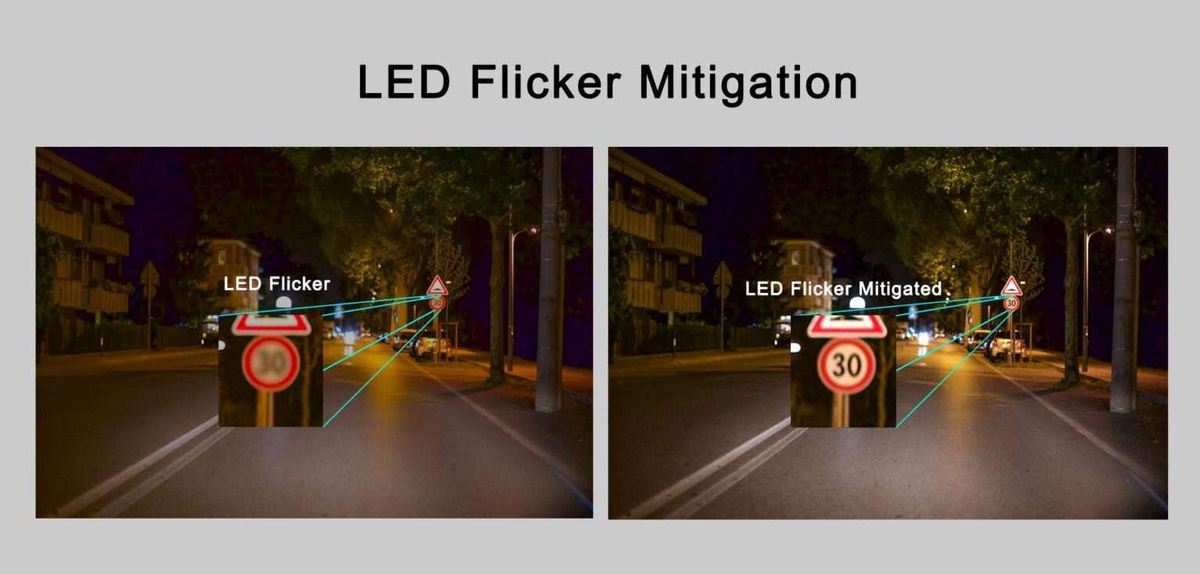Introduction
In recent years, LED lighting has revolutionized the way we illuminate our surroundings, offering energy efficiency and longevity. However, one persistent challenge has cast a shadow on the otherwise bright world of LEDs: flicker. In this blog, we delve into the intricacies of LED flicker mitigation, exploring the causes, effects, and innovative solutions to ensure a seamlessly illuminated environment.
Understanding LED Flicker
LED flicker refers to the rapid and repetitive variation in light output, typically caused by fluctuations in the electrical current powering the LEDs. While imperceptible to the naked eye, flicker can have adverse effects on individuals, leading to discomfort, eyestrain, and even headaches. Additionally, prolonged exposure to flicker may contribute to long-term health concerns.
Causes of LED Flicker
Several factors contribute to LED flicker, with power supply inconsistencies and the inherent characteristics of LED technology topping the list. Rapid changes in current, voltage, or temperature can trigger flicker, and cheaply designed LED drivers often exacerbate the issue. Pulse Width Modulation (PWM) dimming, a common method for adjusting LED brightness, can also introduce flicker, especially at lower dimming levels.
Effects of LED Flicker
The effects of LED flicker extend beyond mere visual discomfort. Studies have linked flicker to disruptions in circadian rhythms, potentially affecting sleep patterns and overall well-being. For those sensitive to flicker, the constant pulsing of light can be a significant source of discomfort, leading to decreased productivity and an overall diminished lighting experience.
LED Flicker Mitigation Techniques
Fortunately, advancements in LED technology have paved the way for effective flicker mitigation techniques. Manufacturers are increasingly incorporating improved LED drivers and power supplies to stabilize the electrical current, reducing flicker to imperceptible levels. Moreover, the adoption of high-frequency PWM dimming and constant current drivers helps minimize flicker, especially during dimming scenarios.
Smart Lighting Controls
Implementing smart lighting controls is another effective strategy for LED flicker mitigation. These systems enable users to customize and optimize lighting conditions, reducing the likelihood of flicker-related issues. Timers, sensors, and advanced control interfaces can be employed to create a lighting environment that aligns with individual preferences while minimizing flicker.
Regulatory Standards
Governments and industry organizations are recognizing the importance of addressing LED flicker. As a result, regulatory standards are being developed to ensure that LED products meet specific flicker performance criteria. Compliance with these standards not only enhances the quality of LED lighting but also provides consumers with confidence in their lighting choices.
User Awareness and Education
An essential aspect of LED flicker mitigation involves raising awareness and educating consumers about the potential impacts of flicker. By understanding the causes and effects of flicker, users can make informed decisions when selecting LED lighting products. Manufacturers and retailers can play a crucial role in disseminating information and guiding consumers toward flicker-free lighting solutions.
Conclusion
LED flicker mitigation is a crucial aspect of ensuring a positive lighting experience in our increasingly LED-lit world. By understanding the causes, effects, and mitigation techniques, we can work towards a future where LED lighting is not only energy-efficient and long-lasting but also free from the discomforts associated with flicker. As technology continues to advance, the collaboration of manufacturers, regulators, and consumers will be instrumental in achieving a flicker-free illuminated environment for all.


No comments yet